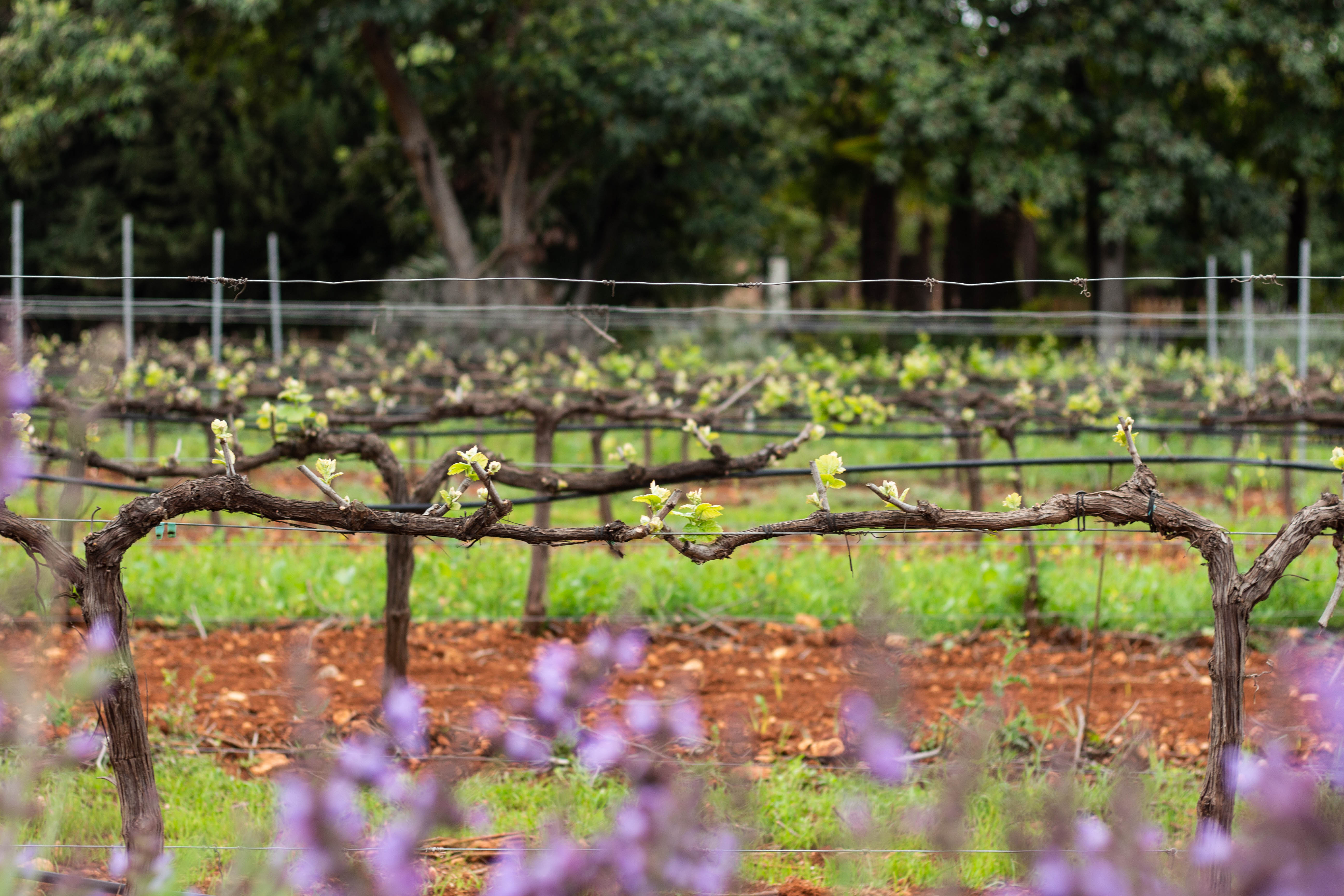The winemaking potential of the DO Valencia lies in more than 13,000 hectares of vineyards spread over the four production sub-areas that make up its territorial demarcation: Alto Turia, Valentino, Moscatel de Valencia and Clariano. More than 100 wineries and almost 7,000 winegrowers produce red, white, rosé and Muscatel liqueur wines with an average annual production of more than 650,000 hectolitres of wine.
The wine sector plays a fundamental role in the economy of the province of Valencia, not only for its contribution to the generation of income, but also for what it entails at a socio-cultural level. The arrival of new projects has reactivated an area where mountain viticulture is practised, resulting in wines of enormous personality, high-altitude wines, the fruit of exceptionally singular geographical and climatic conditions. The declaration of this area as a Biosphere Reserve by UNESCO has helped to reinforce and boost the projection of its wineries.

The production area of the DO Valencia is divided into four sub-zones: Alto Turia, Valentino, Moscatel and Clariano. The Alto Turia sub-zone is located in the northwest of the province and offers bright, fresh, fruity and aromatic white wines. Valentino and Moscatel de Valencia, in the central part of the province, offer light white wines and liqueur wines with a particular, fluid and smooth aroma. Further south, in the Clariano sub-zone, they produce light, straw-coloured, aromatic white wines and ruby-coloured reds, with a frank nose, full-bodied aroma and flavour on the palate.
The Valencia PDO has had ENAC accreditation to certify its wines since 2012, being the first Spanish PDO with the largest volume to obtain this certificate. In 2022, the Valencia PDO had 13,069 registered hectares, 85 wineries (67 of them bottlers) and 6,150 winegrowers. At the end of the 2021-2022 campaign, 336,643 hectolitres of PDO Valencia wine were classified.
In terms of exports, the production exported was 190,461 hectolitres, 95.9% of which corresponded to bottled wine and 4.9% to bottled wine and the remaining 4.1% in bulk. European Union countries accounted for most of the volume exported, with Germany (11.5% of total exports), Denmark (6.1%) and Belgium (4.4%) remaining the main destinations. Among non-EU European countries, the main importers were Russia with a volume of 35,117 hectolitres (18.4%) and the United Kingdom with 10,665 hectolitres (5.6%).



